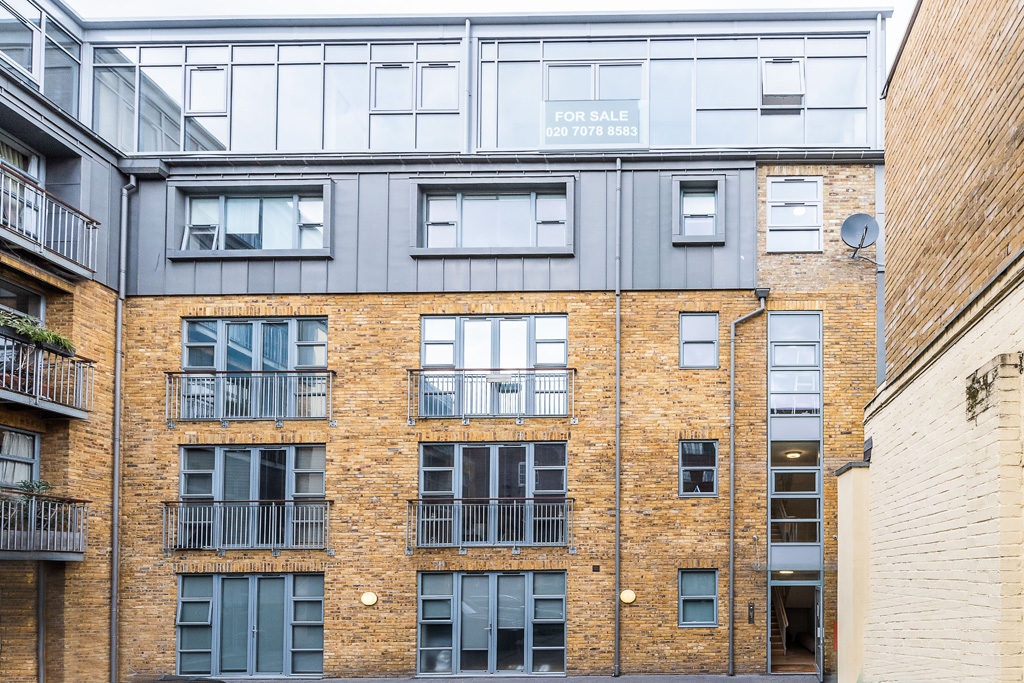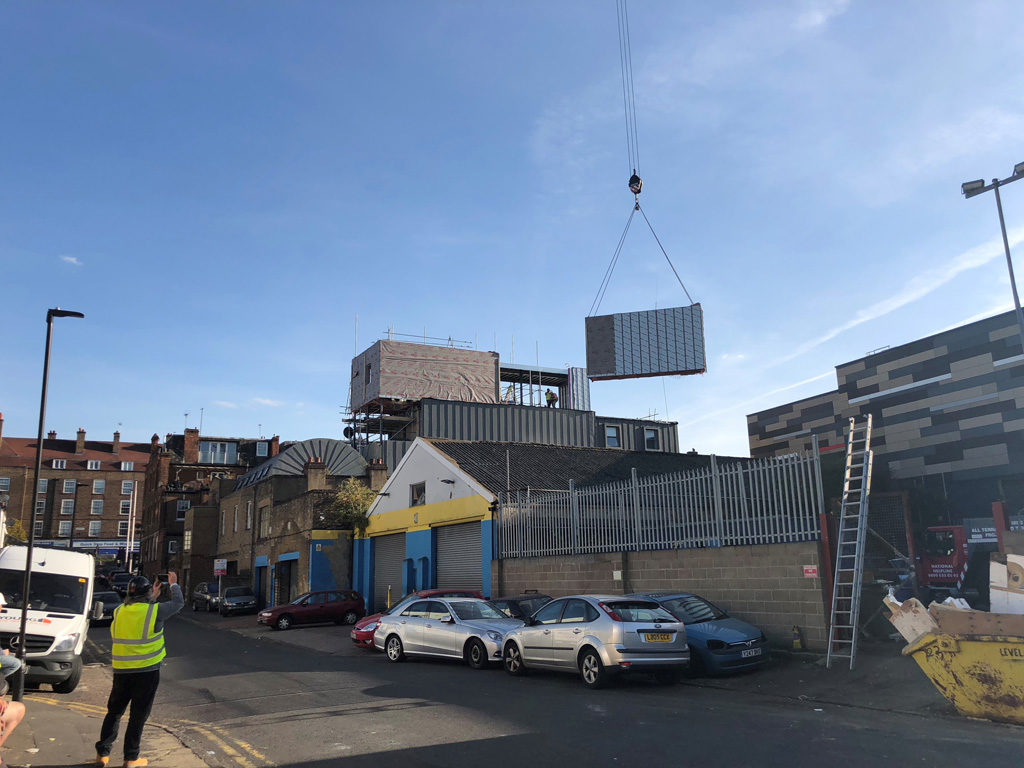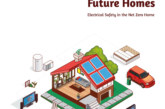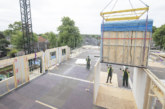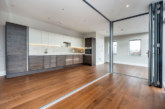Aaron Emmett, MD of airspace developer Click Above explains why more homes in the future will be built above existing structures
‘The future’ once felt a long way off; it was something space-aged, something yet to happen. But the world has moved on and the future is already here in so many respects, not least of all housing need. We can wait no longer to deliver ‘future homes.’
Consensus prevails on the need for more homes, more homes in the right places and, perhaps above all else, homes which are sustainably built. Indeed, this is something that the Click Above team is both certain of and committed to. That’s why we’re resolute in our belief of the impact that airspace development can have in realising the ‘future home’.
‘Airspace development?’ you may query. It sounds slightly space-aged but in reality, it’s relatively straightforward. We’re simply talking about constructing homes in the airspace above existing buildings. With land for development, especially in cities, in such short supply and often commanding high values, creating capacity to deliver new homes can be tricky.
A tangible solution
The construction of new, modular, homes atop the roofs of existing residential and commercial buildings offers a tangible solution to housing supply. Modular construction isn’t new or futuristic; it has been deployed in traditional housebuilding on-and-off since the post-war period, albeit to greater or lesser degrees of success and desirability. Today, however, with greater industry awareness and a stronger commitment by government to support it, we’re hearing about modular construction more often.
It is, however, in the airspace that off-site, modular construction really comes in to its own. Building on any rooftop is not without challenges; in modular builds the management of craning in to place the modular units is the obvious one, but with that comes benefits. By removing approximately 80% of the construction activity away from the site, disruption, noise, traffic levels and overall safety are significantly improved.
Environmental impact
The environmental impact is also far less than in a traditional build thanks to high levels of quality-control within the manufacturing environment which allows us to exceed energy, sound and insulation standards.
Finally, in a society where cookie-cutter, identical homes are often looked down on, taking a modular approach enables us to deliver an individual and bespoke design within the parameters of the building on which we are constructing. Inside, these homes are equipped with features including Wi-Fi enabled thermostats and electric skirting heating which allows for the maximum use of floor and wall space given the absence of wall-mounted heating panels.
Estimations for the impact that airspace development could have in London alone stand in the hundreds of thousands; nationwide this figure would expand further. Of course, not all future homes will be built in the airspace, but rest assured, in the future we will see many more of these ‘future homes’.


